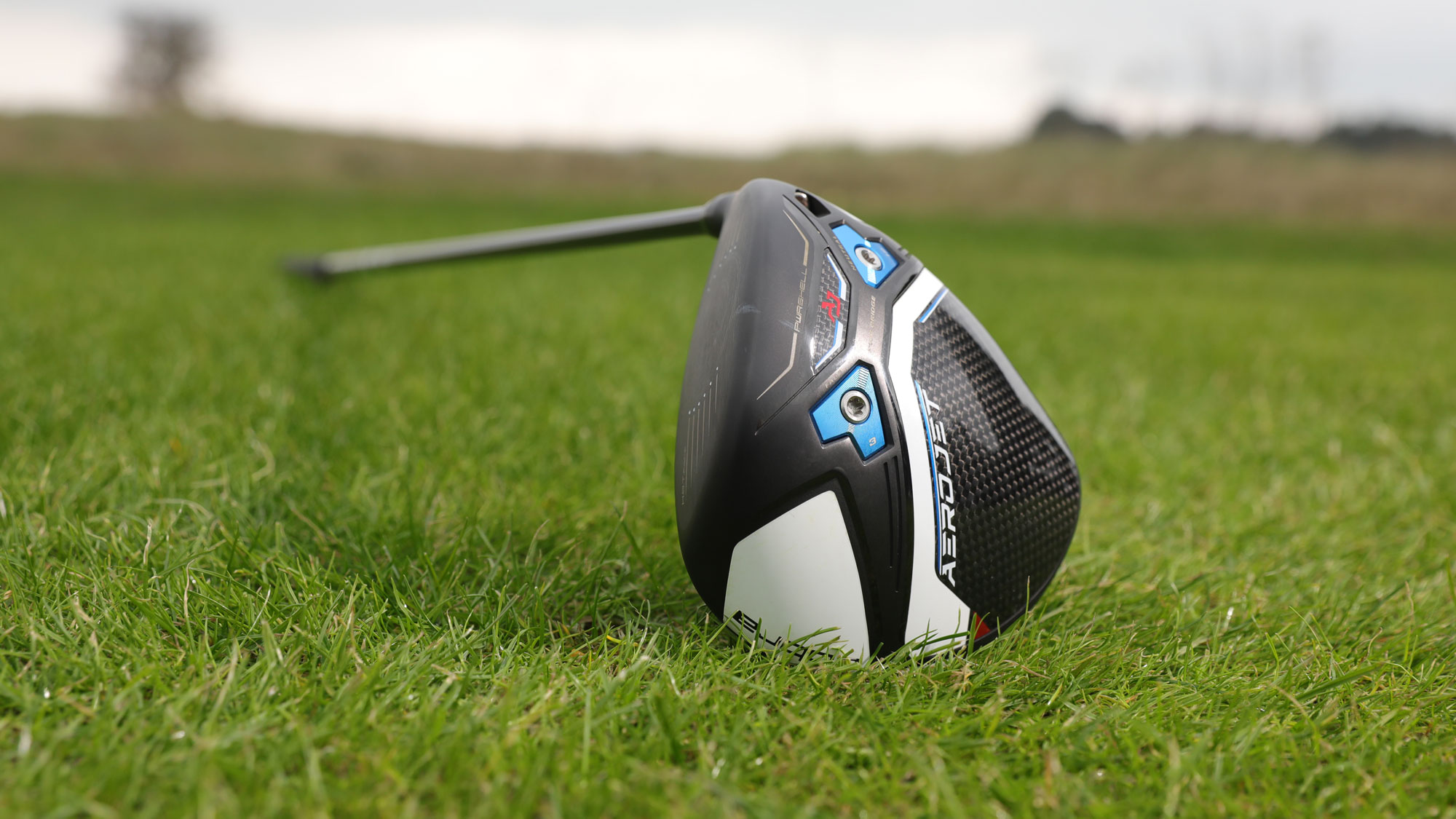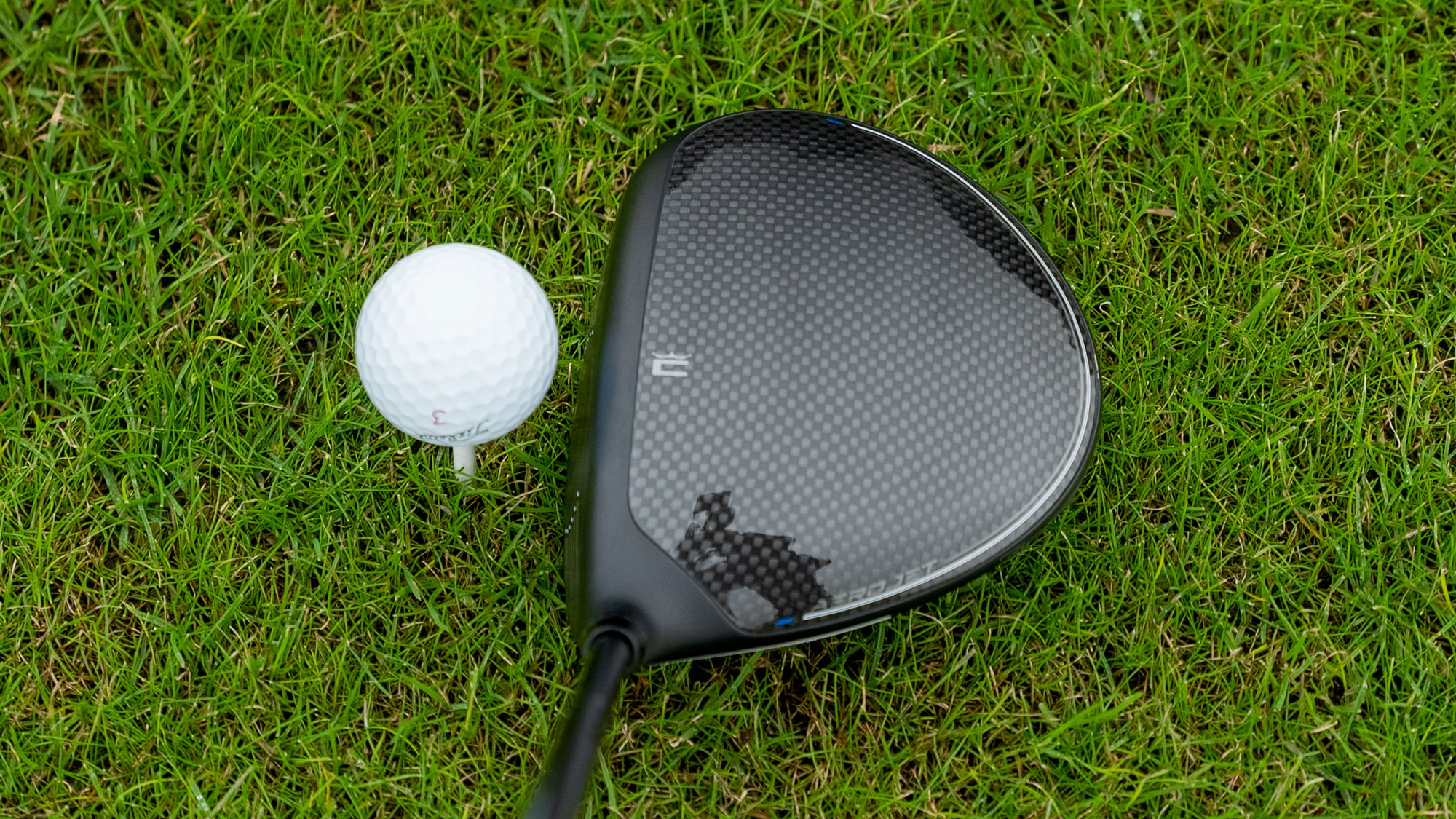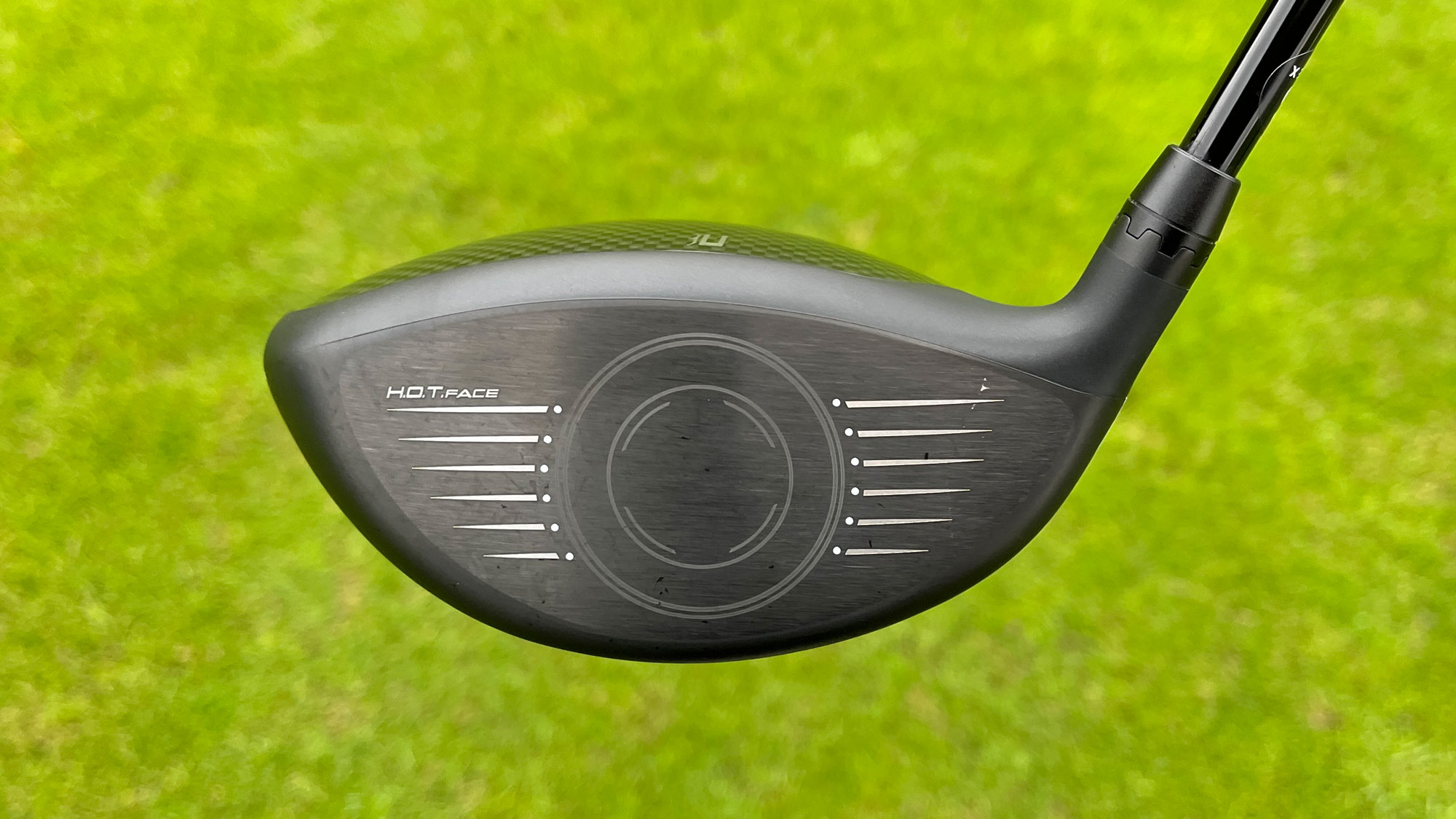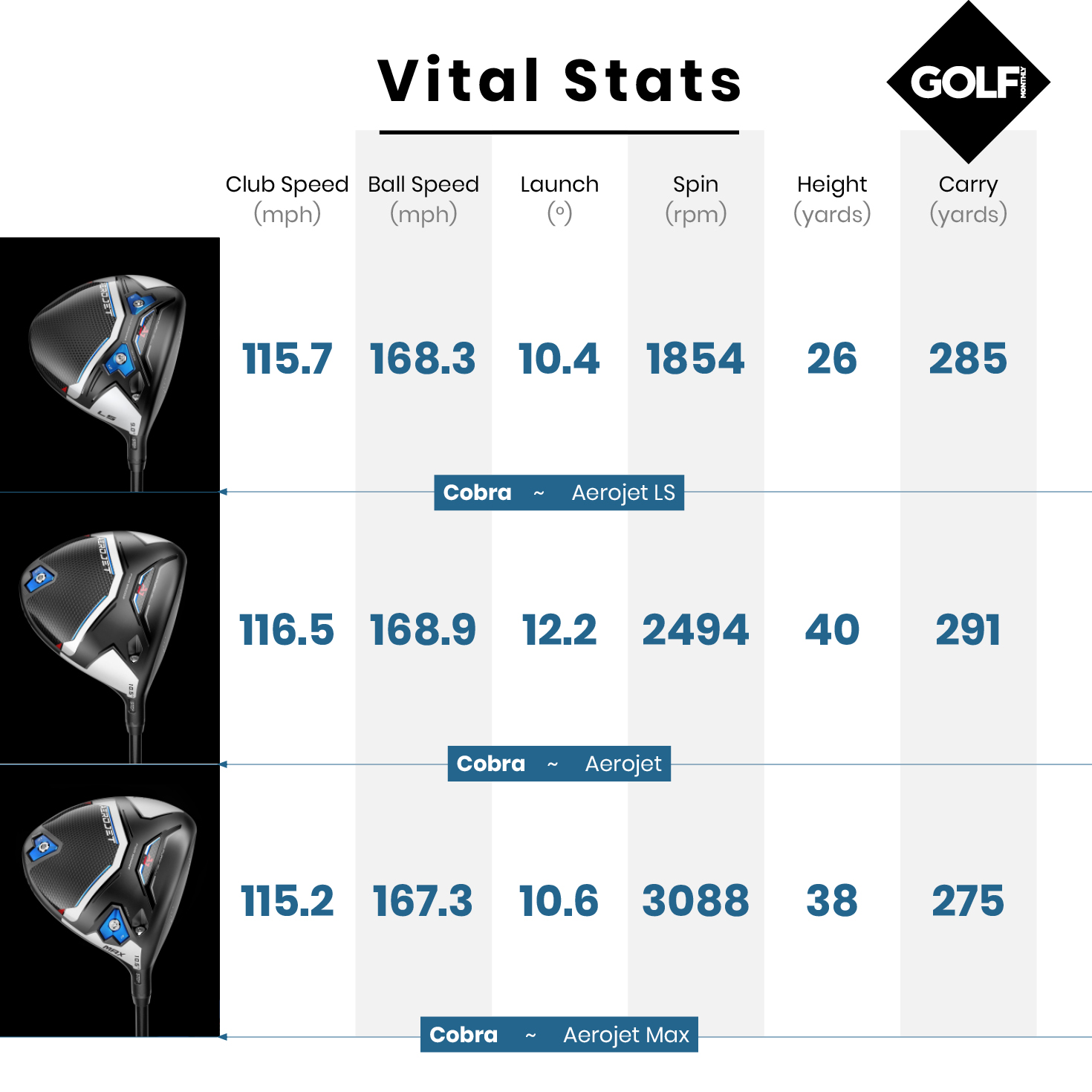Cobra Aerojet LS Driver Review
In this Cobra Aerojet LS driver review, Neil Tappin compares this model with the standard and Max versions to see exactly who would benefit from putting this in the bag

The LS model is sure to appeal to confident ball strikers. It produces a more muted sound that we love, and delivers both in terms of speed and on its low spin promise.
-
+
More muted sound and feel
-
+
Delivers on low spin promise
-
+
Compact head is not too intimidating
-
-
Some may struggle for consistency
Why you can trust Golf Monthly

For anyone who is in the market for a new Cobra driver in 2023, there are three models to choose from in the new Aerojet range. We’re used to seeing this pattern with most brands, where you have a standard version, a more compact, low spin (LS) version, and a draw-biased Max version. We’ve tested the standard Cobra Aerojet driver and the Cobra Aerojet Max, but our focus here is on the LS model.
WATCH: Gear Of The Week show discusses the new TaylorMade Stealth 2, Cobra Aerojet and Ping G430
As the name would suggest, the technology story here is around speed. Cobra has focused on creating a more streamlined shape to help golfers swing the club faster. Meanwhile, a new ‘PWR-Bridge’, a 13g weight that sits low in the sole, behind the face, moves the centre of gravity forward, which should reduce spin and improve ball speed.

The LS version, which is designed to be the fastest of the three models, has a 457cc clubhead, so it’s 3cc smaller than the other two. That’s hardly a big difference and yet it has a significantly smaller footprint down behind the ball. Having said that, it is closer in size to something like the Srixon ZX7 Mk II driver than the more compact Titleist TSR4.
For those golfers who tend to veer towards a more traditional looking driver but don’t really want one that looks too compact, the LS strikes a really good balance. I like the classic shape, and the grey/blue colour scheme is very smart – more dialled back for Cobra, perhaps, but no less premium-looking.

A slightly shallower face design in the Cobra Aerojet LS driver should help boost clubhead speed
With most driver ranges, there’s very little, if any, difference between the three models in terms of sound and feel. However, I found the LS version to be a touch more muted at impact than the other two. This feels like a smart idea as in my experience, faster swingers tend to lean towards the more muted, powerful sounding models. As a faster swinger, I definitely prefer the sound of the LS version.
So, how did it perform? I hit it on a GC Quad launch monitor at Foresight Sports HQ. For testing, I used the Titleist Pro V1x golf ball and all three models were set to 9° with the same Mitsubishi Kai’li 60s shaft in. I also took it out onto the course at Prince’s Golf Club to see how it performed.
Subscribe to the Golf Monthly newsletter to stay up to date with all the latest tour news, equipment news, reviews, head-to-heads and buyer’s guides from our team of experienced experts.

Despite the LS model having the more aggressive shape, during testing I was actually faster with the standard version. I put this down to having a bit more confidence with the standard model, as it gave me a very consistent flight. In truth, there wasn’t a massive difference, and there’s no doubting the LS is still fast.
As you’d expect, the LS version knocked off plenty of spin, approximately 600rpm less compared to the standard model, and it produced a much lower ball flight – about 14 yards – from exactly the same set-up. Of all the new heads that I’ve tested this year, including the Callaway Paradym TD driver, this is one of the lowest spinning. So, whilst it may have carried six yards shorter than the standard model, I’d expect significantly more roll after landing.
A final point worth making concerns the price. All models retail at £429 in the UK. It’s a small increase on last year’s LTDx driver, but it still sits at an attractive price when compared against the other best drivers of 2023, and, in my experience, despite the lower figure you’re not giving up anything in terms of performance.
Personally, I’d opt for the standard version, especially after factoring in on course testing. Whilst the LS version is more workable, which the better player and more consistent ball strikers will like, I think I’d get on better with the standard model, which gave me that little extra playability and accuracy.

In July 2023, Neil became just the 9th editor in Golf Monthly's 112-year history. Originally working with the best coaches in the UK to produce instruction content, he has also presented many Golf Monthly videos looking at all areas of the game from Tour player interviews to the rules of golf.
Throughout his time with the brand he has also covered equipment launches that date back well over a decade. He clearly remembers the launch of the Callaway and Nike square drivers as well as the white TaylorMade driver families, such as the RocketBallz! If you take a look at the Golf Monthly YouTube channel, you'll see his equipment videos dating back over a decade! He has also conducted 'What's In The Bag' interviews with many of the game's best players like Rory McIlroy, Dustin Johnson and Jon Rahm. Over the years, Neil has tested a vast array of products in each category and at drastically different price-points.
Neil is currently playing: Driver: TaylorMade Stealth Plus Fairway Wood: Titleist TSR2 Hybrid: Titleist TS3 Irons: PING Blueprint S (4&5), PING Blueprint T (6-PW) Wedges: Titleist Vokey SM7 50˚, 54˚, 60˚ Putter: Odyssey Triple Track Ten Ball: Titleist Pro V1X